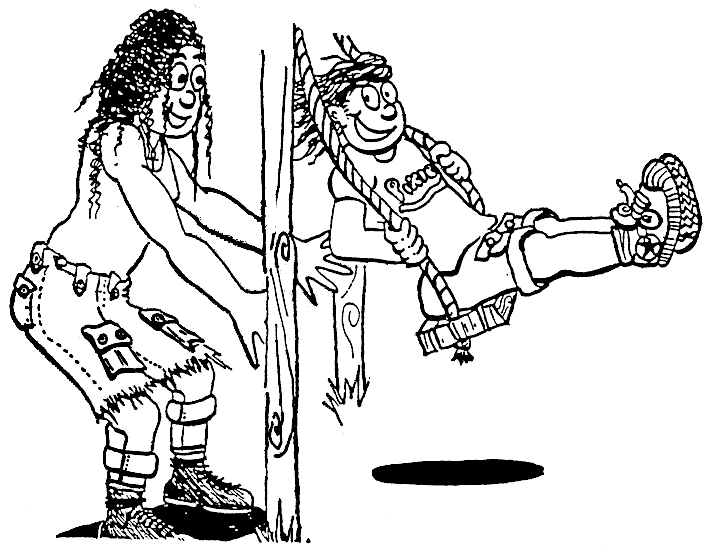SOCIAL DEVELOPMENT
The following is based on information supplied by the Hydrocephalus Association of America in their excellent series of fact sheets - not available via the Internet.
Positive social interactions are an important part of life. The social skills critical for social inclusion are numerous and for the most part our social learning is done automatically by seeing, copying and conditioning. We learn social skills incidentally, without formal instruction. However, many children with spina bifida and hydrocephalus have learning difficulties that make it difficult, or almost impossible, to pick up the verbal and non-verbal cues necessary for the acquisition of social skills.
Some of the most common problem areas are:
Talking over differences without getting angry Persistence when facing frustration Refusing requests politely Taking turns while talking Understanding social rules Demanding immediate attention Waiting when necessary
Difficulty perceiving non-verbal cues can create serious social problems. Children with learning difficulties often misjudge distance and spatial relationships. They get too close to other people, or they stay back too far. Getting too close will cause others to back off and find an excuse to escape. Staying back too far makes eye contact difficult, puts them out of reach of voice range and is likely to cause others to ignore them.
These children may also have difficulty picking up other social cues, such as those from clothing. For example, someone dressed in a suit and carrying a briefcase tells us, "I am an authority". If a child doesn't pick up such cues, they might not figure out who is the authority, boss, teacher, or even the 'boss kid'. And, as a child, if you can't spot the leaders you may end up imitating the school 'nerd' with the high probability that you will then be socially scorned or ignored.
Children who have a problem with non-verbal cues also often have difficulty perceiving intonation.
For example, consider the youngster who hears that a party is being planned and goes up to ask if they can come. The child responds, "Yeah, SURE, I REALLY want YOU". If the child shows up at the party, it is sure to be a heartbreaking experience. The child has heard the WORDS ("I want you"), but not the TONE ("I would rather die than have you at my party"). Errors such as these can be incredibly painful for children who are not attuned to such nuances as tone, rhythm or pitch.
Other important non-verbal cues are posture and facial expression. If a child can't read faces very well, they will likely interpret things incorrectly. These children may perceive only two kinds of facial expressions, happy and mad, and perhaps sad. This understanding is not enough to get along in the world. They need to perceive such subtleties as quizzical, reflective and others, and are expected to learn them incidentally.

Many youngsters with spina bifida and hydrocephalus may be slower in acquiring physical skills. With time, remediation and early intervention however, many of these skills are obtained. But what about social skills? If children lag behind, will they eventually catch up on these skills on their own, or is intervention important at an early level?
Intervention is vital because even if the child does some catching up on their own, it will probably take a long time and some skills may always be missing.
Social skills may come later but by then a youngster may be exhausted, reclusive or self-defeating in interactions with others, having had so many rejections that they refuse to continue to extend themselves socially.
We do not need to wait for this self-defeating behaviour to happen if we realise that many of these social skills can be taught. These skills can be often be broken down into component parts and taught in stages.
By recognising and addressing the issue of social skills development, children with learning difficulties can move from potential social isolation to social inclusion and participation.